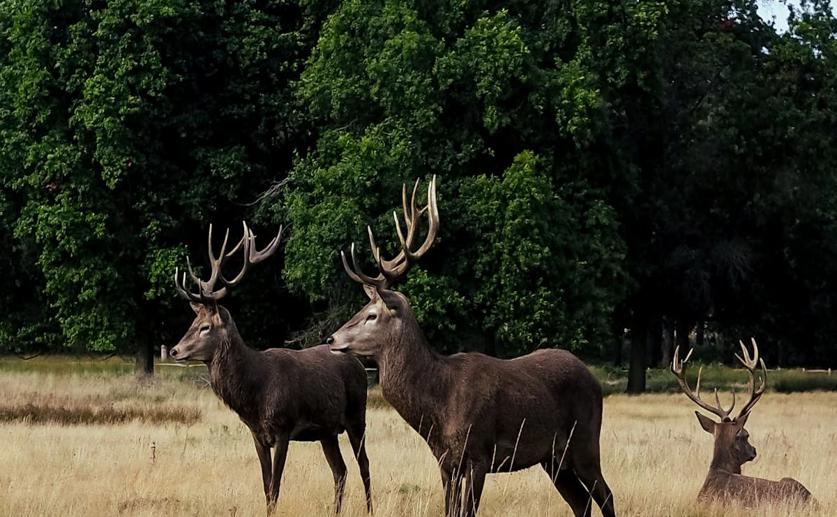
Tracking Moose Antler Size Changes Over 20 Years Using Public Photos
Jenn Hoskins
17th May, 2024

Image Source: Tatiana (photographer)
Key Findings
- In Poland, a hunting ban from 2001 led to a significant increase in the moose population from 1,800 to over 20,000 individuals
- During the hunting ban, the probability of observing cervina antler types decreased, while intermediate and palmate antler types increased
- The mean number of antler tines and the overall antler size index both significantly increased over the study period, likely due to the aging of the population released from hunting pressure
References
Main Study
1) Using public-sourced photos to track changes in moose antler size during a 20-year hunting ban
Published 16th May, 2024
https://doi.org/10.1007/s10344-024-01811-5
Related Studies
2) Human-induced evolution caused by unnatural selection through harvest of wild animals.
3) The level of habitat patchiness influences movement strategy of moose in Eastern Poland.
4) Passive citizen science: The role of social media in wildlife observations.



 7th March, 2024 | Jim Crocker
7th March, 2024 | Jim Crocker